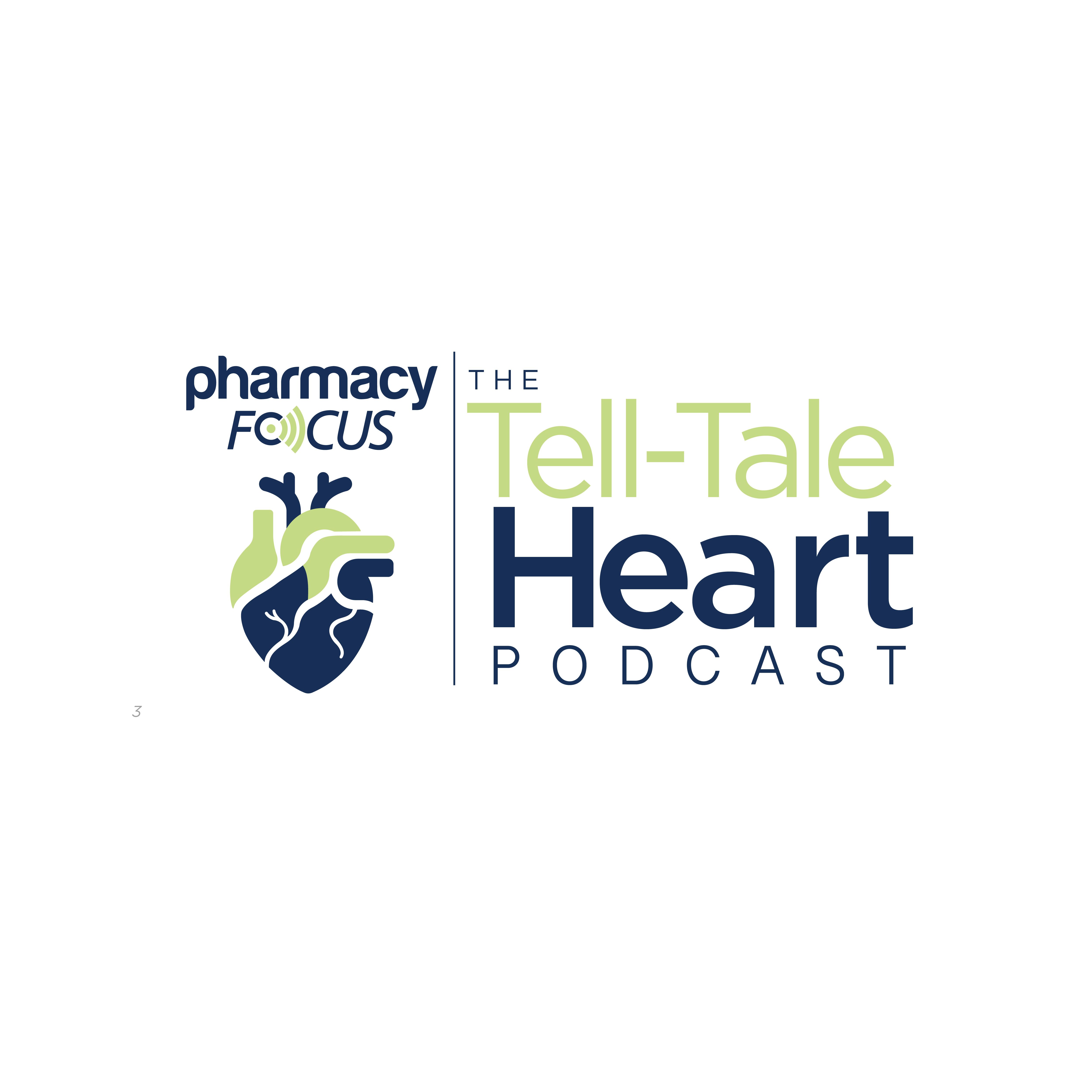News
Article
Siremadlin Demonstrates Efficacy, Safety in Treatment of Patients With TP53 Wild-Type Chronic Lymphocytic Leukemia
Author(s):
Key Takeaways
- Siremadlin, an MDM2 inhibitor, restores p53 function, offering potential for TP53 wild-type CLL treatment.
- Resistance in CLL treatments highlights the need for diverse therapeutic options like siremadlin.
Siremadlin is a novel, investigational, second-generation antagonist that binds to MDM2.
Siremadlin (HDM201; BioVision) may be an efficacious additional targeted therapy for patients with wild-type TP53 chronic lymphocytic leukemia (CLL), according to data published in Cancers. As an MDM2 inhibitor, siremadlin helps restore the function of p53, a key tumor suppressor that prevents cancer cells from growing. Considering TP53 mutations are rare in CLL, therapies that enhance p53 activity could offer new treatment options for patients with an intact TP53 gene.1
Chemical structure of MDM2 protein binding p53 | Image Credit: © Juan Gärtner - stock.adobe.com

Treatment for patients with CLL and other cancer types has greatly improved, but the issue of resistance and suboptimal responses to therapy persists. Standard of care therapy has evolved to include chemotherapy alongside novel immunotherapies or targeted agents. For example, Bruton’s kinase inhibitors have substantially improved treatment efficacy as well as tolerability, replacing older treatments in the frontline and relapsed settings; however, some patients still develop resistances to these promising agents, underscoring the need for a plethora of therapeutic options that can be tailored for a patient’s unique condition.1
Mutations play a critical role in cancer cell proliferation, with TP53 mutations occurring in 50% of human cancers. The TP53 gene provides instructions for producing p53, a tumor suppressor protein that prevents cells with damaged or mutated DNA from dividing. Another key player is MDM2, the primary regulator of p53. In CLL, however, TP53 mutations are relatively uncommon, found in approximately 10% of diagnosed cases.1,2
Siremadlin is a novel second-generation antagonist that binds to MDM2-p53 for treatment of cancers with wild-type TP53. In both preclinical and human studies, siremadlin demonstrated consistent safety with no excessive graft-versus-host disease in the treatment of patients with acute myeloid leukemia (NCT02143635). To determine the agent’s potential role in treatment of CLL, researchers evaluated primary CLL samples with both TP53 wild-type and mutant backgrounds using a panel of B-cell leukemia-derived cell lines of different TP53 statuses, including TP53-knockout (KO) derivatives of the human B cell line Nalm-6.1,3,4
The findings showed that homozygous TP53-KO cells and B-cells with TP53 mutations had notable resistance to HDM201, whereas TP53 wild-type and heterozygous TP53-KO Nalm-6 cells were sensitive to it. The researchers also reported that primary CLL samples with TP53 mutations also showed resistance. In TP53 wild-type cells, siremadlin efficiently stabilized p53 and caused apoptosis; but, in TP53 mutant cells, its effectiveness was suboptimal.1
These findings highlight the potential of siremadlin as a targeted therapy for TP53 wild-type CLL, offering a new approach for patients who may not respond to existing treatments. As resistance remains a challenge in CLL, expanding therapeutic options like siremadlin could help improve outcomes and provide more personalized treatment strategies. Further studies are needed to confirm and identify the safety and efficacy of the agent, as well as its proper implementation into the CLL treatment paradigm.
REFERENCES
1. Aptullahoglu E, Howladar M, Wallis J, et al. Targeting the MDM2-p53 interaction with siremadlin: a promising therapeutic strategy for treating TP53 wild-type chronic lymphocytic leukemia. Cancers. January 16, 2025. Doi:10.3390/cancers17020274
2. TP53 gene. MedlinePlus. Accessed April 2, 2025. https://medlineplus.gov/genetics/gene/tp53/
3. Results from a first-in-human phase i study of siremadlin (HDM201) in patients with advanced wild-type TP53 solid tumors and acute leukemia. Clin Cancer Res. March 1, 2022. doi:10.1158/1078-0432.CCR-21-1295
4. Study to determine and evaluate a safe and tolerated dose of HDM201 in patients with selected advanced tumors that are TP53wt. Updated May 21, 2021. Accessed April 2, 2025. https://clinicaltrials.gov/study/NCT02143635
Newsletter
Stay informed on drug updates, treatment guidelines, and pharmacy practice trends—subscribe to Pharmacy Times for weekly clinical insights.






